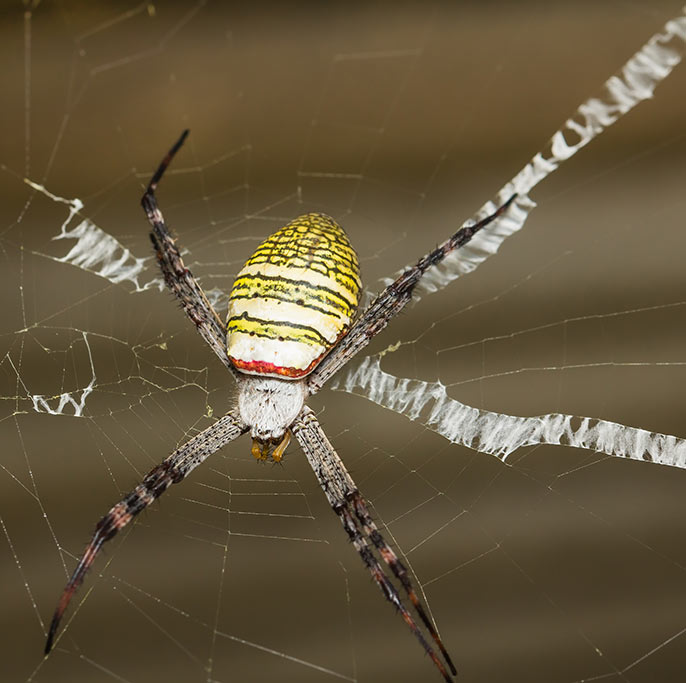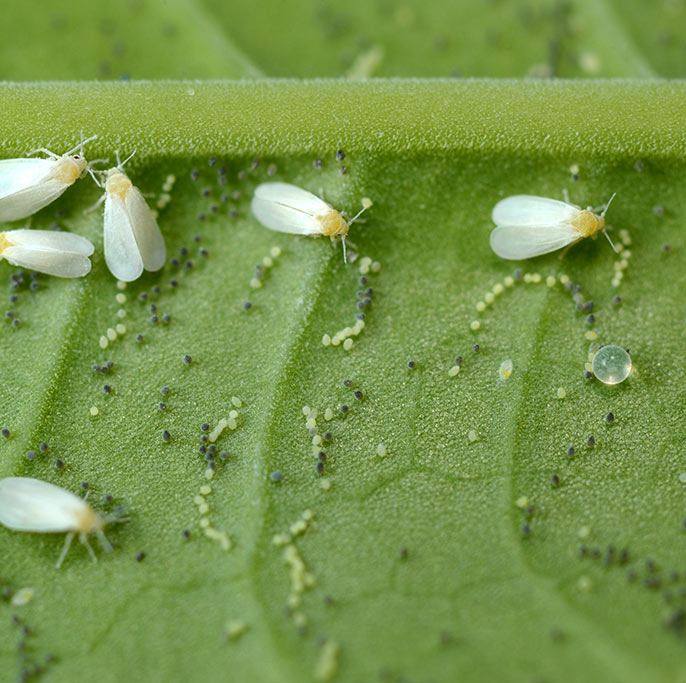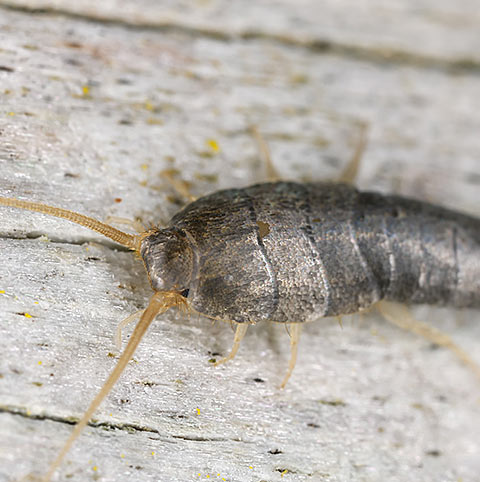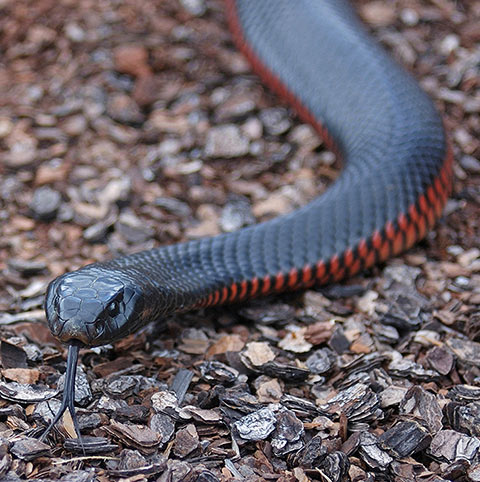
Every year we’re susceptible to all kinds of bugs, beetles, insects, and general pests. Different pests appear at different times of the year. Some are harmless while others are fatal, particularly to those who have a history of allergic reactions to bites and stings.
Prepare yourself and your family from these household pests by knowing what bugs are around at which time of the year. To make this easy for you, we’ve prepared a guide to the most common pests, including where they’re usually found hiding and at what times of year they appear.

































